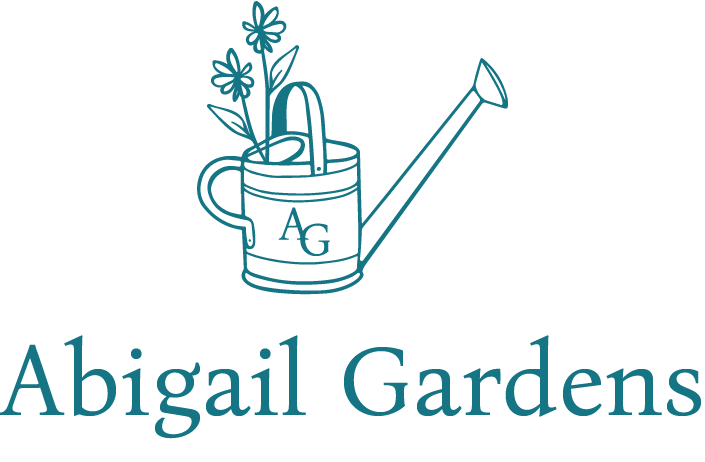Espalier or Espal-yay!?
Have you ever heard someone mention “espalier” and found yourself politely nodding your head while having no idea what they were talking about? Or perhaps you came across the word in a landscape magazine and wondered how to even pronounce it let alone put it in your yard? Well rest assured, you are not alone, and after today you can confidently nod your head in those conversations and maybe will even want one for yourself!
What is an espalier?
First off, it is pronounced “Es-PAL-yer” or “Es-PAL-yay”. It comes from the French word for shoulder and implies outstretched arms. Espalier is an ancient practice of training trees or plants to grow in a flat plane, often against a wall, trellis, or wire. Fruit trees such as apples, pears, and figs are a common choice, but it can also be used for evergreens and ornamental vines. Today the practice is most often done for aesthetic purposes because they can be manipulated into living sculptures or add interest to an otherwise blank wall. However, espalier is steeped in a fascinating history of tradition and necessity.
History
The use of espaliers can be dated back to ancient Egypt. With limited space available, the ancient Egyptians practiced the technique with fruit such as fig trees and grape vines. Encouraged by the warmth of the walls and increased air flow, the plants responded with increased fruit production.
Historians then traced the practice to ancient Rome, where it was applied to a variety of fruit trees such as apples and pears. Met with success, the Romans spread the technique to the lands around them.
As time passed, the technique became popular in European monastic and castle gardens in the Middle Ages, and then wealthy estates and royal palaces during the Renaissance. Espalier also transformed into an art form during this period.
It is actually here, in Virginia, that Thomas Jefferson helped to introduce this ancient practice to the United States. Appreciating espalier for its beauty and efficiency, he applied it to his fruit trees at Monticello.
Benefits
Obviously, something that has survived across time and space in many distinct cultures must have some significant benefits. The first of these is space efficiency. In urban areas especially, it was and still is necessary to maximize limited space. The second major benefit is increased sunlight and airflow to the tree or plant due to limbs being spread out over a flat surface. More sunlight means more fruit and flower production (often earlier too), and more air flow means less diseases and pests. With the manipulated branches allowing access not only is pruning easier but harvesting is much more efficient as well. Espaliers can also have an incredible life span since they are sheltered and cared for so diligently. Finally the use of an espalier can be a striking garden or home feature.
Styles
The easiest trees to espalier are fruit trees such as apples, pears, figs, cherries, peaches, and pomegranates. However, most woody plants with long flexible limbs could also be good choices. Ornamental plants like climbing roses, pyracantha, bougainvillea, camellias, flowering crabapples, holly, magnolia, cotoneaster, winged euonymous, forsythia, and witch hazels are suitable options.
Once you have picked out your plant, then you need to decide what style of shape to give it! There are six traditional patterns:
1. Cordon: this is the most traditional form! Branches are trained to grow horizontally out of one central trunk
2. Palmetto Verrier: the horizontal branches are turned up at the ends to form a U-shape
3. Fan: branches come off of a central trunk at a 45 degree angle
4. Candelabra: Has a low horizontal branch with several vertical branches coming up at regularly spaced intervals to create a candelabra shape
5. Informal: naturally shaped but in a flat plane
6. Belgian Fence: this requires three or more V-shaped trees interwoven for a fence or lattice effect.
Basic Care
Espaliers should be planted on a south or west facing wall as this creates an ideal microclimate. They are trained on a strong supportive frame of wood, galvanized wire, or almost any flat surface that can have a support structure attached to it. The tree should be atleast eight inches from the support surface in order to promote proper growth and air flow, and the supports are placed along the wall depending on which style you choose.
The basic framework of a design can take three to four years to develop. Late winter and early spring is when main pruning should take place since the plant is dormant. Then simple pruning maintenance is required about once a month during the summer to remove branches or twigs that are not in the correct plane.
Espaliers can be a long and labor intensive process but one that is incredibly rewarding and beautiful if done correctly. If you want to maximize your garden space, increase your food yield, or just want a beautiful living sculpture, I can not more highly recommend this ancient practice.
-Lauren Saurs










